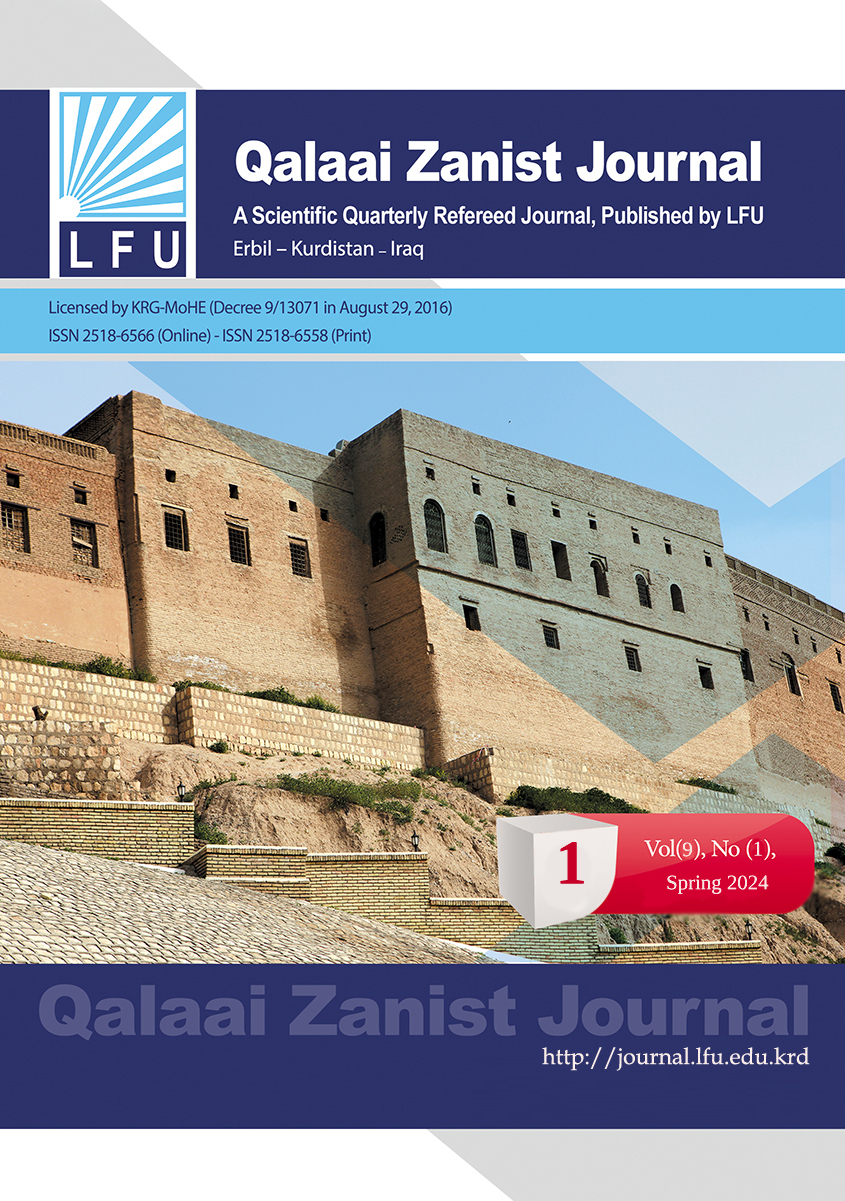The Contribution of Linguistics to Translator Education at Iraqi Universities
##plugins.themes.bootstrap3.article.main##
Abstract
The present survey investigates the contribution rate of linguistics in the process of translator education at Iraqi universities. Here, those linguistic aspects are studied which Iraqi translation teachers have relied on to teach translation to undergraduate students and educate them to become competent translators. In the course of the study, 45 Iraqi translation teachers responded to a questionnaire that had been designed for this purpose. After doing data analysis, it is revealed that teachers mainly focused on contrastive linguistics to let students develop bilingual translation competence. Besides, they taught the linguistic structures and discourse analysis of the source and target languages to students to boost their linguistic and transfer abilities. However, students` theorization and application of linguistic knowledge about translation and teachers` application of corpus linguistics for educational purposes need more attention in Iraqi undergraduate translation programs. In sum, due to the linguistic nature of translation, students need to learn, apply, and compare the linguistic knowledge about SL and TL at semantic, lexical, syntactic, pragmatic, and discursive levels.
Downloads
##plugins.themes.bootstrap3.article.details##
How to Cite
Copyright (c) 2024 Sirvan Aminzadeh، Keivan Seyyedi

This work is licensed under a Creative Commons Attribution 4.0 International License.

